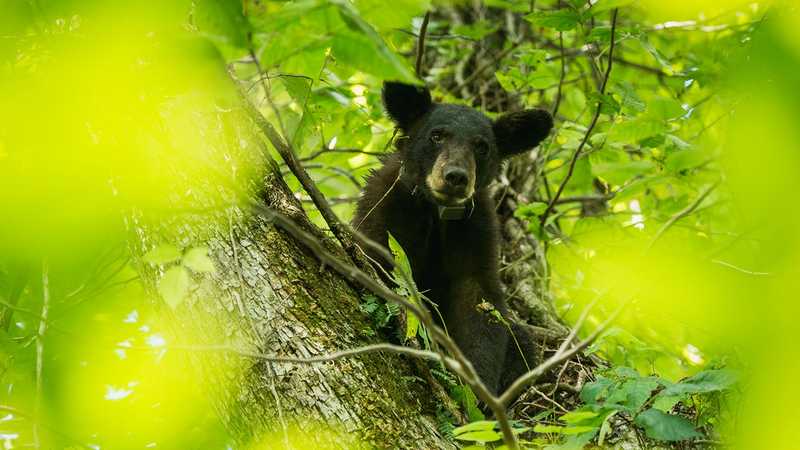
Hardwood forests are returning to the Lower Mississippi Valley region, thanks to a range of private and public actors, and as the trees grow they will sequester of millions of tons of carbon from the atmosphere.
Read more
Related articles for further reading
The bottomland forests of the Lower Mississippi River Valley once covered 24 million acres, a stretch of forest so dense and complete that “a squirrel could go all the way from Illinois to Louisiana without putting its foot on the ground,” says Ronnie Ulmer, Northeast Louisiana Program Manager for the Nature Conservancy. Less than a quarter of that forest remains today, scattered across 50,000 patches of land-the rest of the forest cleared for agriculture and other development. But hardwood forests are returning to the region, thanks to a range of private and public actors, and as the trees grow they will sequester of millions of tons of carbon from the atmosphere.
Carbon-offset credits offer most of the funding for these efforts. Because much of the agricultural land in the region has only marginal productivity, land owners are often willing to sell or reforest their lands if they have other sources of revenue. Companies like Natural Capital Partners are working with such landowners to protect and replant trees, sharing the revenue from the credits with the owners. The project also allows for limited sustainable logging, generating additional benefits for owners. The NCP effort aims to restore a total of 1 million acres of deforested lands over time, mitigating an estimated 200 tons CO2 equivalent per acre. Other firms are also working in the region, such as GreenTrees, which has so far reforested 120,000 acres. These efforts are supported by the United States Fish and Wildlife Service and the Lower Mississippi Valley Conservation Committee, a coalition of state-level natural resource offices in the region.
In addition to sequestering carbon, these new forests provide habitat for wildlife in the region, such as the Louisiana black bear-a subspecies that was nearly driven to extinction by habitat loss. The reforested lands also reduce runoff into nearby streams and rivers, trapping the nutrient pollutants that cause the hypoxic “dead zone” in the Gulf of Mexico